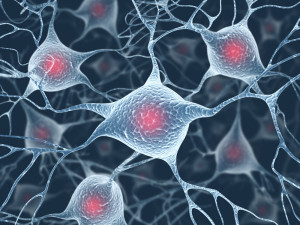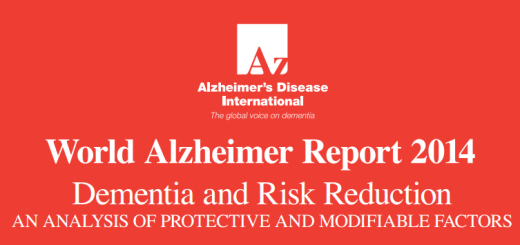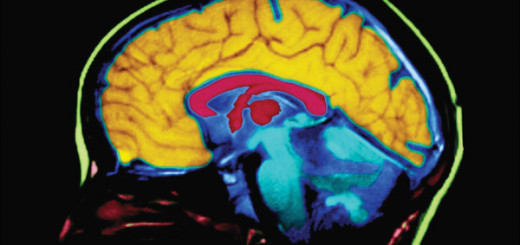Alzheimer’s acts like a virus? Not exactly.
 Yesterday, the New York Times reported on a new study published in PLoS One, in which scientists created an entirely new mouse model for Alzheimer’s disease that sheds more light on how the disease progresses through the brain.
Yesterday, the New York Times reported on a new study published in PLoS One, in which scientists created an entirely new mouse model for Alzheimer’s disease that sheds more light on how the disease progresses through the brain.
According to the article, “Alzheimer’s disease seems to spread like an infection from brain cell to brain cell, two new studies in mice have found. But instead of viruses or bacteria, what is being spread is a distorted protein known as tau.”
It’s an exciting study – and especially great to know that two of the co-authors of the article have been funded by the Alzheimer’s Association in the past!
The claim
The accumulation of tau in the Alzheimer’s brain starts in the entorhinal cortex (EC), which functions as a hub in the brain’s network for memory and navigation. The EC is the main interface between the brain’s memory center (the hippocampus) and the outer layers of the brain (the neocortex).
In this study, the researchers bred genetically engineered mice that could make abnormal human tau proteins in the EC. The scientists observed over the next two years that cell degeneration caused by tau spread to outward to other cells along the same network, demonstrating that the tau was transmitted from nerve cell to nerve cell.
Beyond the headline
This spread of the altered tau protein was characterized as spreading like a virus, a characterization that might be confusing to some people. The tau protein is not a virus or bacteria but may be transmitted from cell to cell in the brain. This doesn’t mean that it’s an infectious disease, but helps us understand how the disease may spread throughout the brain.
What we learn from mouse models can give us important initial insights. However, until we can reproduce the effect in people and learn to beneficially manipulate it, we still need many years’ work to confirm the mechanism and develop a therapy. We know that mouse models of Alzheimer’s are limited and not representative of the totality of human Alzheimer’s. For example, the new mouse model in this research produces tau pathology but not beta amyloid.
The bottom line
This is solid, fundamental (basic) research by an excellent team of scientists, but it will take some years – perhaps three to five years, or more – before we know the ultimate importance of these findings and are able to develop an effective therapy.
For more information on the latest news and developments in Alzheimer’s research, visit www.alz.org/research.

















